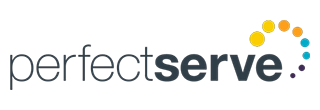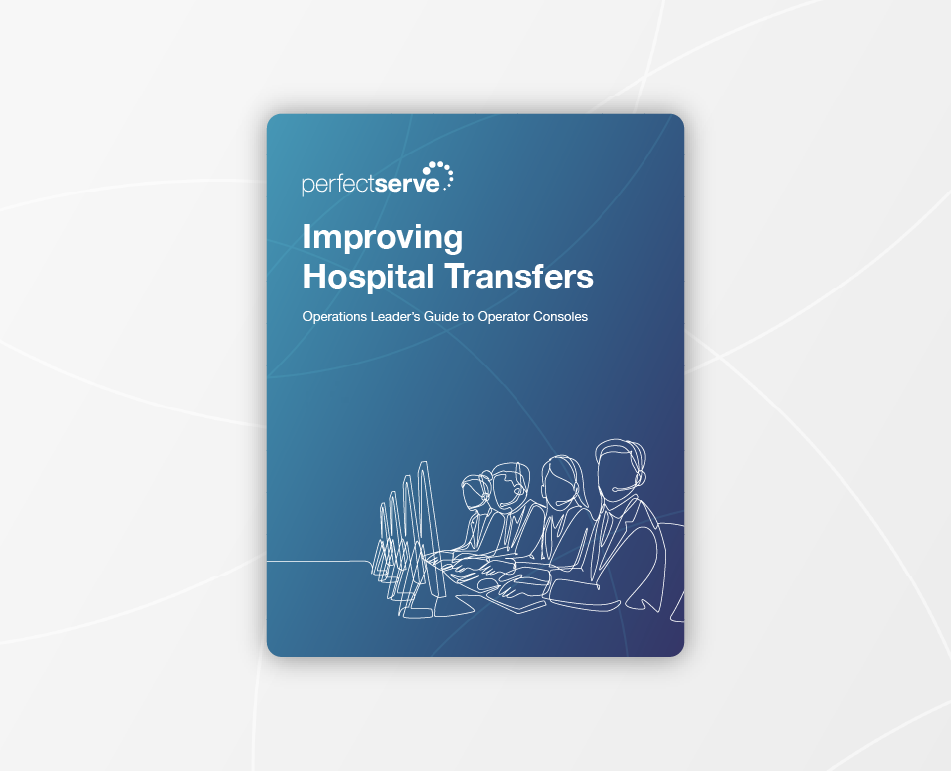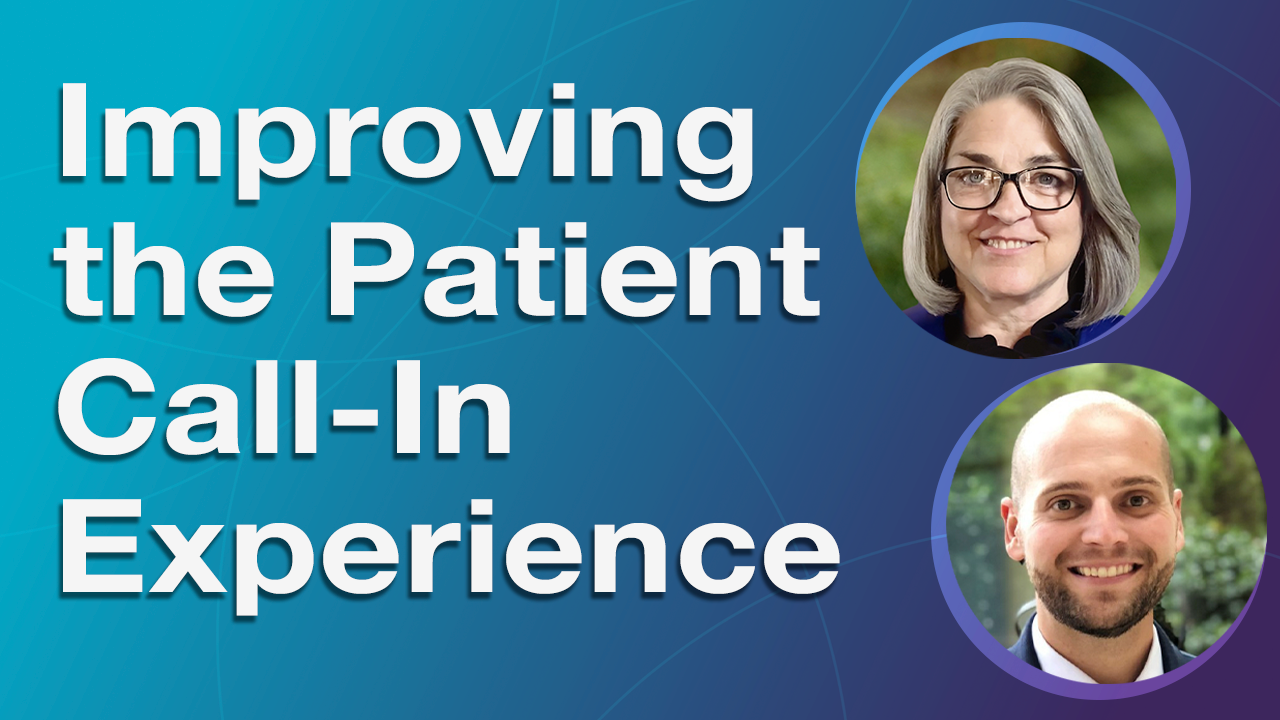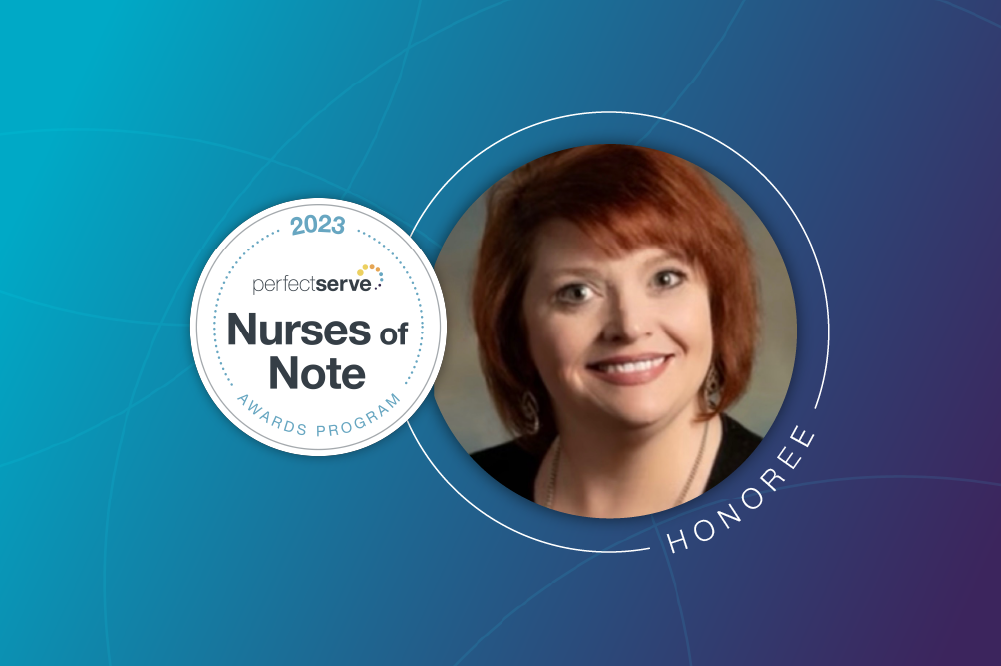How to Enhance Locum Tenens Workflows
TABLE OF CONTENTS

Locum tenens providers play a vital role in healthcare—they often address gaps in care and give patients greater access to specialists and subspecialists. The use of locum providers is more prevalent than you might realize: 64% of facilities report using locum tenens, and 33% of those facilities expect the utilization of these providers to increase.1
Physicians taking locum tenens assignments increased by 88% from 2015 to 2023,2 but even so, their integration into established care teams can pose unexpected challenges. The right healthcare communication solution can be used to transform locum tenens workflows and get them working succinctly with your care team as soon as possible.
What is a Locum Tenens Provider?
Locum tenens (or locum) providers are medical professionals who fill in for physicians and other advanced practice providers on a temporary basis. They offer health systems the ability to maintain continuity of care, launch new service lines, handle temporary staffing shortages, provide specialized expertise, and manage patient loads more efficiently. A locums assignment can last anywhere from a few weeks to many months.
How Do Locum Tenens Providers Benefit the Health System?
When managed effectively, locums are a valuable resource for any practice or hospital looking to ensure seamless operations and care delivery during the time of their temporary need. Using locum providers is beneficial to the health system in a number of ways:
- Saves time and money since locum contracts are typically short-term, flexible, and paid at an hourly rate 3
- Enhances patient safety and care delivery even amidst fluctuating patient demand
- Reduces provider turnover 4
- Decreases physician burnout by reducing/more equally distributing shift hours 5
- Improves speed to care to maintain patient satisfaction
- Since locums are already credentialed providers, they don’t need the training a resident or new provider might need
Filling Staffing Gaps
Staffing gaps can arise for any number of reasons: vacation, illness, maternity leave, sabbaticals, or an unexpected increase in patient load. By filling these vacancies, locums ensure continuity of care and prevent disruptions in medical services by:
- Covering temporary vacancies within specialties, care teams, or medical groups
- Maintaining patient care through fluctuating patient demand or emergent situations (such as epidemics or natural disasters)
- Giving health systems the time to evaluate temporary hires for potential long term positions
Regarding the last point, 13% of providers who work as locums do so as a means of searching for full-time work.6 This gives the potential employer time to assess their clinical skills, compatibility with the team, and overall fit within the organization before extending permanent job offers.
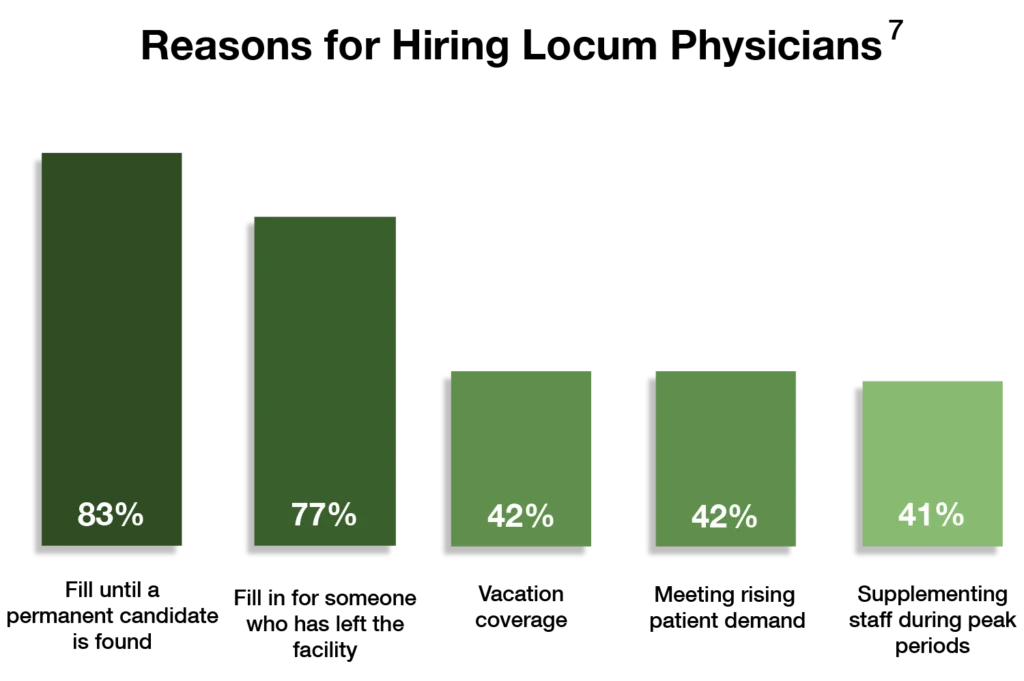
Supporting Workload Management
Workload fluctuations can happen for many reasons. Maybe a physician or nurse practitioner recently retired or took a job at another facility, leaving a gap on staff. As the COVID pandemic demonstrated, public health emergencies can contribute to unpredictable—and sometimes untenable—levels of work for clinicians. Locums can help to mitigate imposing workloads by taking on extra patient appointments to reduce wait times and ensure more timely access to healthcare services. These providers can work on a full-time, part-time, or per-diem basis, depending on the requirements of the medical group to maintain optimal staffing levels and adapt to changing demands.
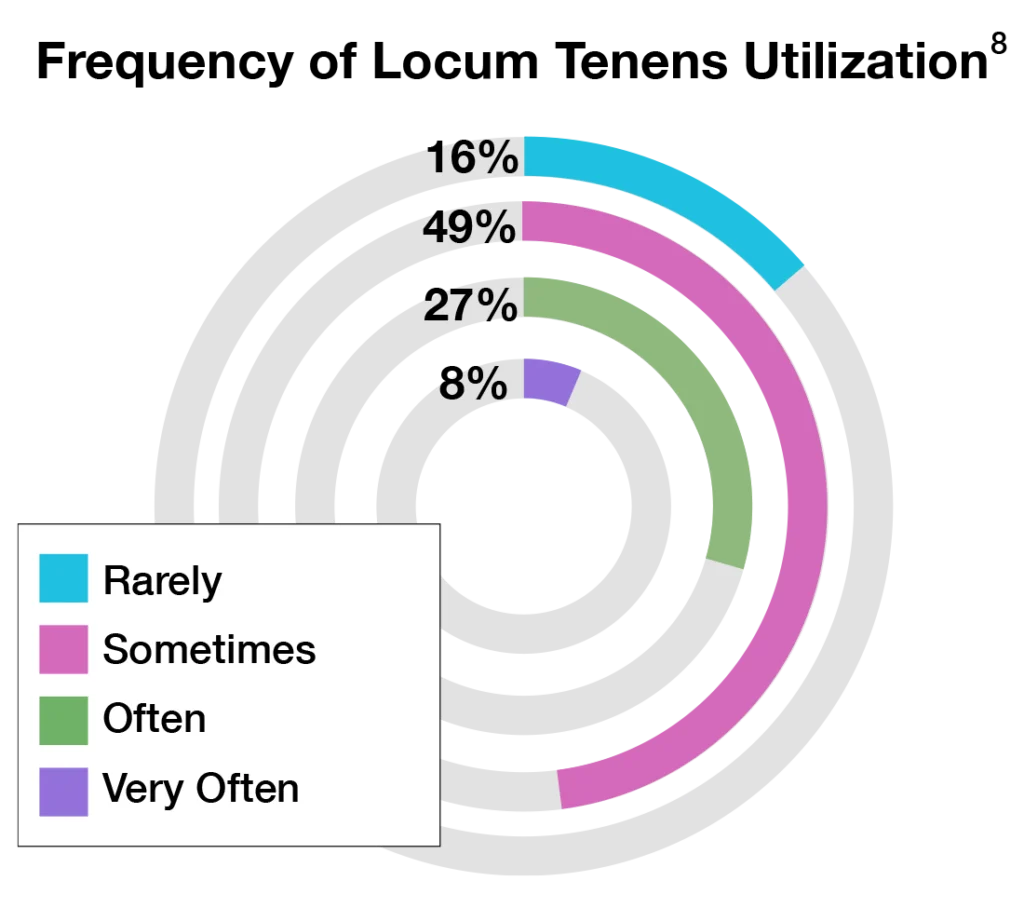
Another benefit of having locum providers in place is the ability to offer specialized expertise in a particular field without permanently hiring a specialist. Recruiting these specialists can be hard, and the difficulty is magnified in more rural areas. Two examples to prove the point: It takes an average of 77 days to recruit a full-time surgeon, and a neurologist takes even longer—about 253 days on average.9 A health system in this position—in the midst of a long recruiting process for a specialist—can place a temporary specialist in this role to avoid not being able to offer this type of specialty care for nearly three quarters of a year.
Improving Locum Tenens Workflows with Communication Solutions
It can also be difficult for a locum provider to step into a completely new facility—there are new people to meet, new protocols to absorb, and new technology to learn. One way to smooth this process is by equipping locum providers with a unified communication tool to quickly and securely connect them with established medical teams, streamline important clinical workflows, and schedule their shifts. Communication and collaboration technology can be helpful for onboarding temporary providers by:
- Quickly integrating them into established communication workflows
- Accurately scheduling and managing their temporary shifts
Seamless Team Integration
Clinical communication and collaboration solutions are driven by user-friendly interfaces, automated workflows, and other advanced features that streamline care team communication. Through multi-channel communication, smart message routing, and integration with the EHR and other important clinical systems, the entire care team can avail themselves of this technology to streamline care delivery.
When a locums provider is added to the team, the software can easily onboard the new user, add them to the directory, and place them in the middle of communication workflows with other established providers and medical staff. This can be done through a simple add/deactivate user ticket submission process. The provider is then automatically accessible for messaging, calls, and consults, and they’re instantly available to be scheduled according to their predetermined shift agreements (which often vary based on the provider’s unique locum tenens contract and the needs of the hospital or group).
That’s the value of unified communication—getting the right message to the right provider at the right time, regardless of the clinical situation or the personnel involved. And importantly, this capability is useful for both full- and part-time employees—it’s not just applicable to locum positions.
Real-Time Scheduling
For full-time and locum providers alike, scheduling is essential to providing high-quality, efficient patient care. When you’re short staffed, your providers are more likely to feel the weight of burnout, even if you’ve already got the most advanced scheduling solution. That’s why it’s essential to implement a solution that easily adjusts a schedule in real time to add locums and account for all new and existing provider preferences.
An optimized scheduling platform can integrate directly with your communication software to ensure real-time access to the correct on-call provider. This is beneficial to the new provider and to the health system as a whole, as the newly onboarded locum provider can be confident the shifts they’re assigned are accurate based on their locum contract. By having one source of truth for the most up-to-date schedule, even locum providers will know who’s on-call, who’s working, and who can be contacted in any situation.
Enhancing Patient Safety
All providers want to deliver the best patient care. Because communication is such a bedrock of coordinating care delivery, it’s crucial to (quickly) get locum providers up to speed with the latest and greatest communication workflows. Communication platforms that send and escalate critical result notifications and messages shouldn’t bypass locums by mistake. A comprehensive platform can quickly and reliably get messages to all essential providers—locums included—which facilitates swift decision-making and reduces the risk of adverse events. Make sure to find a tool that has proven its ability to enhance patient safety outcomes.
In the locum tenens landscape, clinical communication solutions like PerfectServe empower providers to quickly become part of an established care team with seamless team integration, real-time scheduling, and a consistent focus on patient safety. As care delivery and the healthcare industry at large continue to evolve, PerfectServe offers a comprehensive communication solution that enhances efficiency, improves patient care, and is flexible enough to meet the needs of any clinical situation. Contact us today to learn more.
